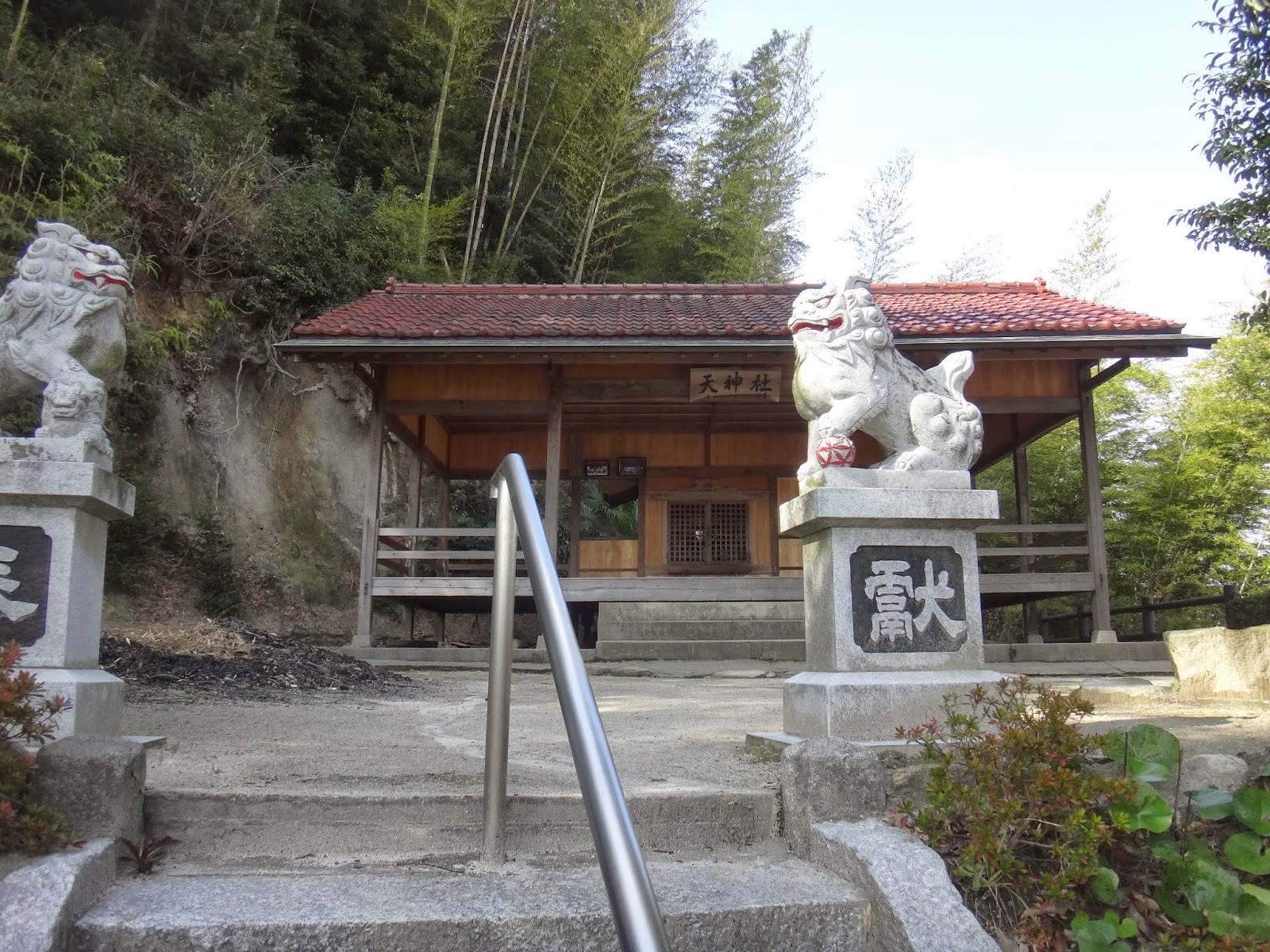The little truck farm across the street from my apartment has been in operation all winter. In the middle is two rows of daikon, on the right is horenso, Japanese spinach, and I don't remember what was in the row on the left.
This is one of the still lifes that I drew.
Walking along the river, I saw this guy, or maybe a gal, I'm not sure which, looking for lunch.
I saw this building on the other side of a main road and at first dismissed it as another auto dealer. However, looking at the display windows, it was obvious that there were no cars, but what were the strange looking things?
I crossed the street and, up close, I got my answer. They are rice planting machines. The rice is first grown in little blocks until it is a couple of inches long. Then those blocks are placed in the vertical slots in these machines. The machine is driven through the paddy and it tears the blocks apart and plants the rice in four equally spaced rows. They are a great labor saving device and as far as I know most farmers set up a small cooperative group that buys the machine and then shares its use.


















































